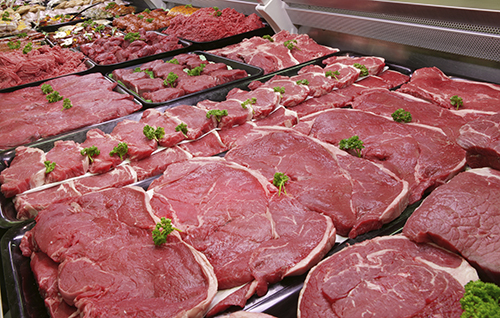
Meatless Monday is a global movement that began in 2003, encouraging consumers to refrain from eating meat on Mondays to better their health and save the environment. According to the campaign's website, Meatless Monday is now active in 36 different countries and claims to be growing in popularity. Consumers, however, may be responding differently, at least in the U.S.
According to the most recent Oklahoma State University Food Demand Survey (FooDS), when asked questions about Meatless Monday, over half of the consumers (51.6 percent) had never even heard of the movement. More than 80 percent said they have never participated in a Meatless Monday.
Another 8.4 percent of respondents stated that they did regularly participate in the movement, but of all consumers surveyed, 4.7 percent indicated they were vegetarians or vegans. Thus, only 3.7 percent of the meat eating population was participating in Meatless Monday at the time.
Even though most people are eating meat on Mondays, and we are eating more meat today than we were 50 years ago, intake has declined in the past decade. In 1965, per capita consumption of red meat and poultry was at 175.2 pounds. It peaked in 2004 at 221.6 pounds per capita, and has leveled out some, with estimates for this year right around 200 pounds per person.
Red meat consumption in particular has gone down over the past few decades. Each person consumed 56.4 pounds of beef in 2013, compared to 74.6 pounds back in 1965. Meanwhile, poultry consumption per person has more than doubled in the past 50 years.
FooDS is a monthly on-line survey with a sample size of at least 1,000 individuals, weighted to match the U.S. population in terms of age, gender, education and region of residence. This assessment takes a snapshot of consumer trends in regards to food purchases, including their willingness to pay for certain products.
While people may be eating less meat today, they are willing to pay more for it. Compared to last October, the survey found that people were agreeable to spending more on meat, especially beef, this year. More specifically, they were willing to pay $7.05 per pound for steak (4.6 percent more than October 2013) and $4.25 for hamburger (up 8.4 percent).

The author is an associate editor and covers animal health, dairy housing and equipment, and nutrient management. She grew up on a dairy farm near Plymouth, Wis., and previously served as a University of Wisconsin agricultural extension agent. She received a master's degree from North Carolina State University and a bachelor's from University of Wisconsin-Madison.











